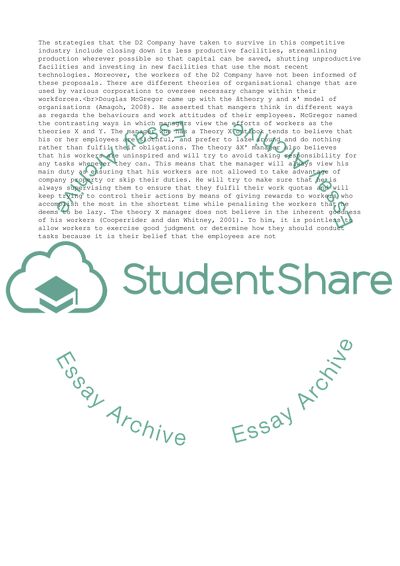Cite this document
(Organisational Change Management Essay Example | Topics and Well Written Essays - 3000 words - 15, n.d.)
Organisational Change Management Essay Example | Topics and Well Written Essays - 3000 words - 15. https://studentshare.org/management/1801706-organisational-change-management
Organisational Change Management Essay Example | Topics and Well Written Essays - 3000 words - 15. https://studentshare.org/management/1801706-organisational-change-management
(Organisational Change Management Essay Example | Topics and Well Written Essays - 3000 Words - 15)
Organisational Change Management Essay Example | Topics and Well Written Essays - 3000 Words - 15. https://studentshare.org/management/1801706-organisational-change-management.
Organisational Change Management Essay Example | Topics and Well Written Essays - 3000 Words - 15. https://studentshare.org/management/1801706-organisational-change-management.
“Organisational Change Management Essay Example | Topics and Well Written Essays - 3000 Words - 15”. https://studentshare.org/management/1801706-organisational-change-management.


